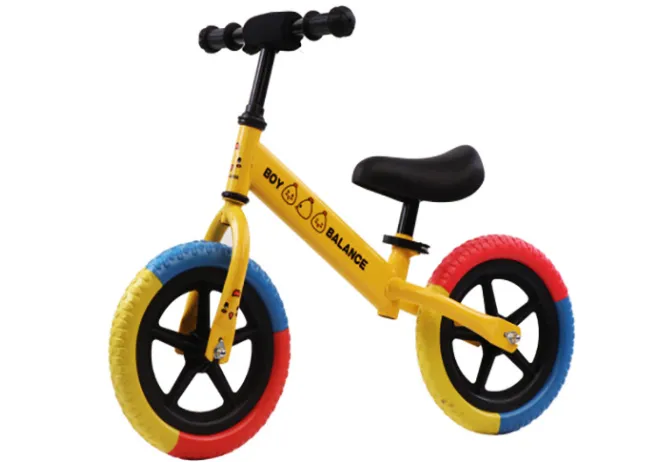
- Afrikaans
- Albanian
- Amharic
- Arabic
- Armenian
- Azerbaijani
- Basque
- Belarusian
- Bengali
- Bosnian
- Bulgarian
- Catalan
- Cebuano
- Corsican
- Croatian
- Czech
- Danish
- Dutch
- English
- Esperanto
- Estonian
- Finnish
- French
- Frisian
- Galician
- Georgian
- German
- Greek
- Gujarati
- Haitian Creole
- hausa
- hawaiian
- Hebrew
- Hindi
- Miao
- Hungarian
- Icelandic
- igbo
- Indonesian
- irish
- Italian
- Japanese
- Javanese
- Kannada
- kazakh
- Khmer
- Rwandese
- Korean
- Kurdish
- Kyrgyz
- Lao
- Latin
- Latvian
- Lithuanian
- Luxembourgish
- Macedonian
- Malgashi
- Malay
- Malayalam
- Maltese
- Maori
- Marathi
- Mongolian
- Myanmar
- Nepali
- Norwegian
- Norwegian
- Occitan
- Pashto
- Persian
- Polish
- Portuguese
- Punjabi
- Romanian
- Russian
- Samoan
- Scottish Gaelic
- Serbian
- Sesotho
- Shona
- Sindhi
- Sinhala
- Slovak
- Slovenian
- Somali
- Spanish
- Sundanese
- Swahili
- Swedish
- Tagalog
- Tajik
- Tamil
- Tatar
- Telugu
- Thai
- Turkish
- Turkmen
- Ukrainian
- Urdu
- Uighur
- Uzbek
- Vietnamese
- Welsh
- Bantu
- Yiddish
- Yoruba
- Zulu
Dec . 13, 2024 23:09 Back to list
how to adjust shimano rear derailleur on mountain bike
How to Adjust Shimano Rear Derailleur on a Mountain Bike
Adjusting the rear derailleur on your mountain bike is an essential skill for every cyclist. Properly tuned gears not only enhance riding efficiency but also prolong the lifespan of your drivetrain components. Shimano rear derailleurs are widely popular due to their reliability and ease of adjustment. This guide will take you through the steps to adjust your Shimano rear derailleur effectively.
Understanding the Components
Before diving into the adjustment process, it's important to familiarize yourself with the key components of your Shimano rear derailleur. The main parts are
1. Limit Screws These screws regulate how far the derailleur can move when shifting gears. The high limit (marked with H) controls the derailleur's movement towards the smallest cog, while the low limit (marked with L) limits the movement towards the largest cog.
2. B-Tension Screw This adjusts the angle and gap between the derailleur and the cassette. Its correct setting is crucial for smooth shifting and proper chain clearance.
3. Cable Tension The tension of the cable determines how quickly and accurately the derailleur shifts from one gear to another.
Tools Needed
To successfully adjust your Shimano rear derailleur, gather the following tools - Phillips screwdriver (for limit screws) - Allen wrenches (for derailleur and B-tension adjustments) - Chain checker or ruler (optional, for checking chain wear) - Bike stand (optional but helpful)
Step-by-Step Adjustment Process
how to adjust shimano rear derailleur on mountain bike

1. Inspect the Gear System Before making any adjustments, visually inspect your rear derailleur, chain, and cassette for any signs of wear or damage. If any parts are worn out, it may be necessary to replace them before making adjustments.
2. Adjust the Limit Screws - High Limit Adjustment Shift your bike into the smallest (highest) gear at the rear (usually the smallest sprocket). Use a Phillips screwdriver to turn the H limit screw. The derailleur should align perfectly with the smallest cog without the chain falling off. If the chain skips or falls off, adjust the limit screw until the alignment is correct. - Low Limit Adjustment Shift to the largest (lowest) gear and adjust the L limit screw. The derailleur should be close to the largest cog without making contact. Similar to the high limit, ensure that the chain doesn’t derail when in this gear.
3. Adjust the B-Tension Screw With the chain on the largest cog, check the space between the top pulley of the derailleur and the cog. There should be about 5-6mm of clearance. If the gap is too narrow or too wide, adjust the B-tension screw accordingly. This will optimize the shifting performance across the entire range of gears.
4. Check Cable Tension If shifting is sluggish or imprecise, the cable tension may need adjustment. While in the middle gear, try shifting up to a higher gear. If it struggles, you'll need to increase the cable tension. Use the barrel adjuster near the shifter turn it counterclockwise to increase tension (for better shifting to larger cogs) and clockwise to decrease tension (for better shifting to smaller cogs).
5. Test Shifting Once you've completed the above adjustments, test the shifting. Shift through all the gears while pedaling gently. Listen for any grinding noises and ensure smooth transitions between gears, making minor adjustments as needed.
6. Final Inspection After making adjustments, double-check all screws and tension settings. Ensure everything is secure and tighten any loose components.
Maintenance Tips
Regular maintenance of your Shimano rear derailleur will keep your mountain bike functioning smoothly. Clean the derailleur regularly to remove dirt and debris. Also, inspect your cable for frays and replace it if necessary.
In conclusion, adjusting the Shimano rear derailleur on your mountain bike is a straightforward process that can greatly enhance your ride. By following these steps and performing regular maintenance, you'll ensure your bike shifts smoothly and efficiently, making your mountain biking experience more enjoyable. Happy riding!
-
The Ultimate Kids' Four-Wheeler Experience
NewsJul.09,2025
-
The Ultimate Guide to Mountain Bikes: Gear Up for Your Ride
NewsJul.09,2025
-
The New Age of Cycling: Electric Bikes for Every Rider
NewsJul.09,2025
-
The Best Kids Bicycles: Ride in Style and Safety
NewsJul.09,2025
-
The Best 3-Wheel Scooters for Kids: Fun, Safety, and Adventure
NewsJul.09,2025
-
Revolutionize Your Ride: Affordable Electric Bikes
NewsJul.09,2025
-
Finding the Perfect Mountain Bike for Every Rider
NewsJul.09,2025



